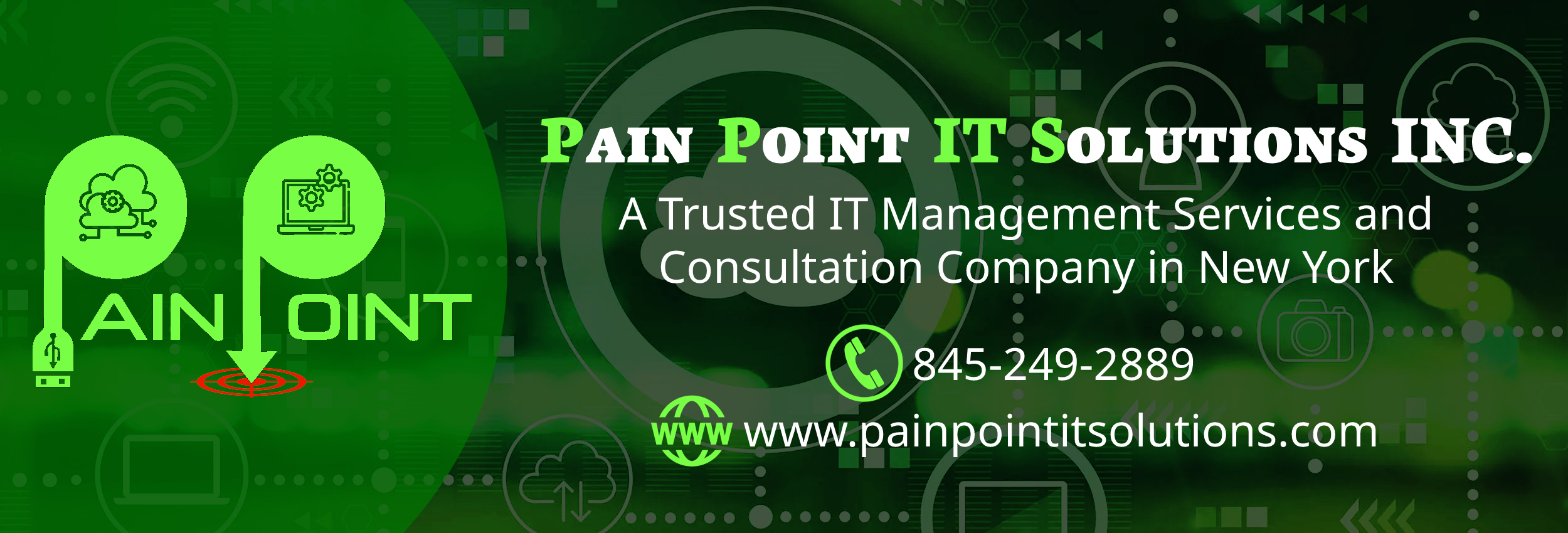Onboarding new staff is an exciting time for any business. It represents growth, expansion, and new opportunities for your company. However, it’s important to take the necessary steps to ensure that the onboarding process is done smoothly and securely. With so much sensitive information being stored on computers and in the cloud, it’s crucial to take an IT and cyber security perspective when bringing new employees into your company.
Here are some key considerations to keep in mind:
IT Infrastructure
Before a new employee starts, it’s important to have their workstation set up and ready to go. This includes making sure that their computer is configured with the necessary software and security updates. Additionally, you should have a backup of all important data and files, so that you can restore them in case of a security breach.
Access Controls
It’s important to have a clear understanding of what data and systems a new employee needs access to in order to do their job. Only provide them with the access they need, and set up proper controls to ensure that they cannot access sensitive information without permission. This includes implementing strong passwords, two-factor authentication, and regularly monitoring access logs.
Cybersecurity Awareness
Ensure that new employees are aware of the potential cybersecurity risks they may face, and the importance of following best practices to keep the company’s information secure. This may include regular training and reminders on safe browsing practices, email security, and social engineering tactics.
IT Policy
A strong IT policy is the foundation of any successful IT and cyber security strategy. All new employees should read and sign an IT policy that outlines the company’s expectations, rules, and procedures. A sample IT policy template is included below:
IT Policy Template
Introduction:
This policy outlines the rules and procedures for using company IT resources, including computers, internet access, email, and other technology. The purpose of this policy is to ensure the secure and effective use of these resources and to protect the company’s confidential information.
Expectations:
All employees are expected to use company IT resources in a responsible and professional manner.
Employees must protect confidential information and only access data and systems that they need to perform their job duties.
Employees are responsible for the security of their own computer and must ensure that it is protected with the latest software updates and security patches.
Procedures:
Employees must change their password every 90 days and use strong passwords that are at least 12 characters long and include a combination of upper and lower case letters, numbers, and symbols.
Employees must not use company IT resources for personal gain, to send or receive inappropriate material, or to engage in any activities that may be illegal or unethical.
Employees must report any security incidents, including lost or stolen devices, to the IT department immediately.
Conclusion:
By following these rules and procedures, employees can help ensure the secure and effective use of company IT resources. If you have any questions or concerns, please contact the IT department for assistance.
By following these considerations, you can ensure that the onboarding process for new employees is smooth, secure, and compliant with your IT and cyber security policies. If you need further assistance or support, don’t hesitate to reach out to us for help!

